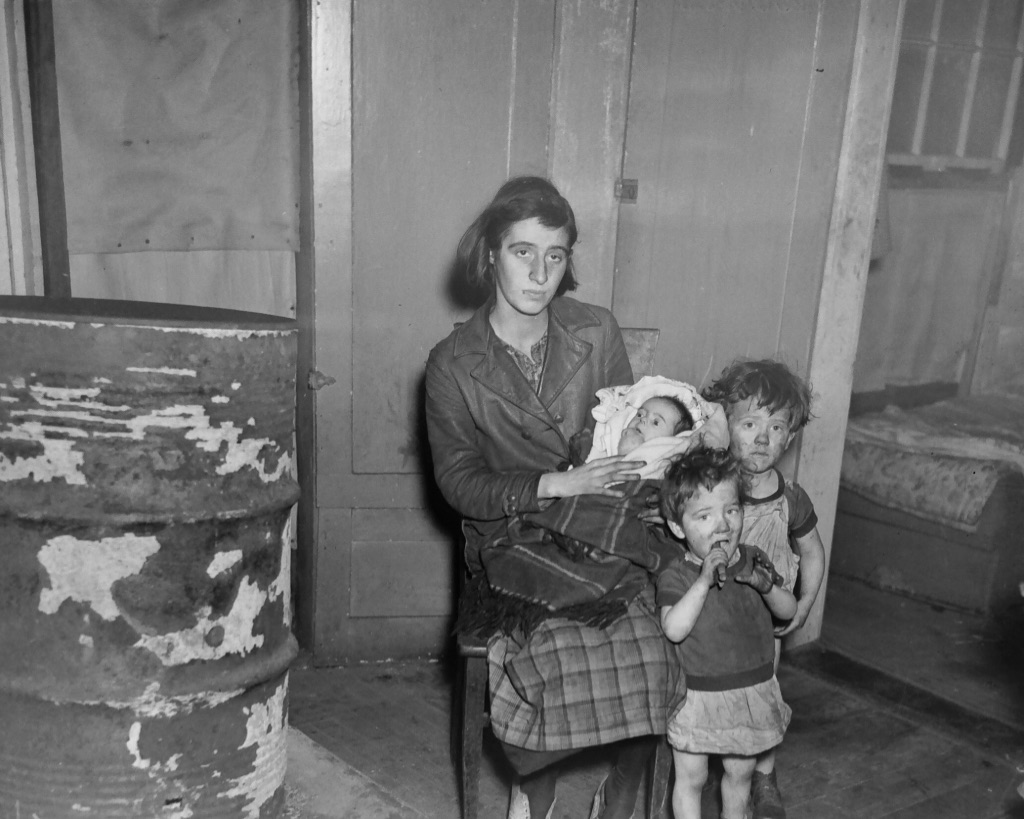Kaufman’s Brooklyn: May 25: Eight ‘Scenes from the Great Depression’

My father, Irving Kaufman (1910 – 1982), was a professional photographer who started in Brooklyn in the mid 1930s working for the Brooklyn Daily Eagle. He captured thousands of images of Brooklyn through the 1950s. I have recently digitized a great many of them. My father’s profile can be found here.
This week’s theme:
As last week’s pictures showed, a lot of people were “Having Fun” back in the late ’30s. But, literally at the same time, the country was in the midst of a decidedly not fun economic disaster. I call this week’s photos “Scenes from the Great Depression.”

Brooklyn Boro
View MoreNew York City’s most populous borough, Brooklyn, is home to nearly 2.6 million residents. If Brooklyn were an independent city it would be the fourth largest city in the United States. While Brooklyn has become the epitome of ‘cool and hip’ in recent years, for those that were born here, raised families here and improved communities over the years, Brooklyn has never been ‘uncool’.